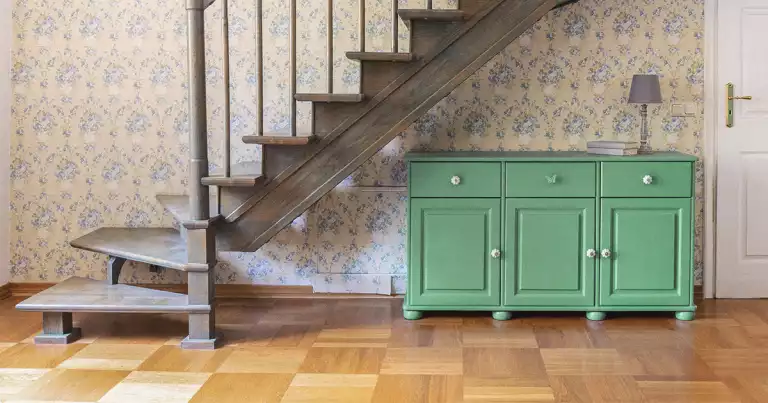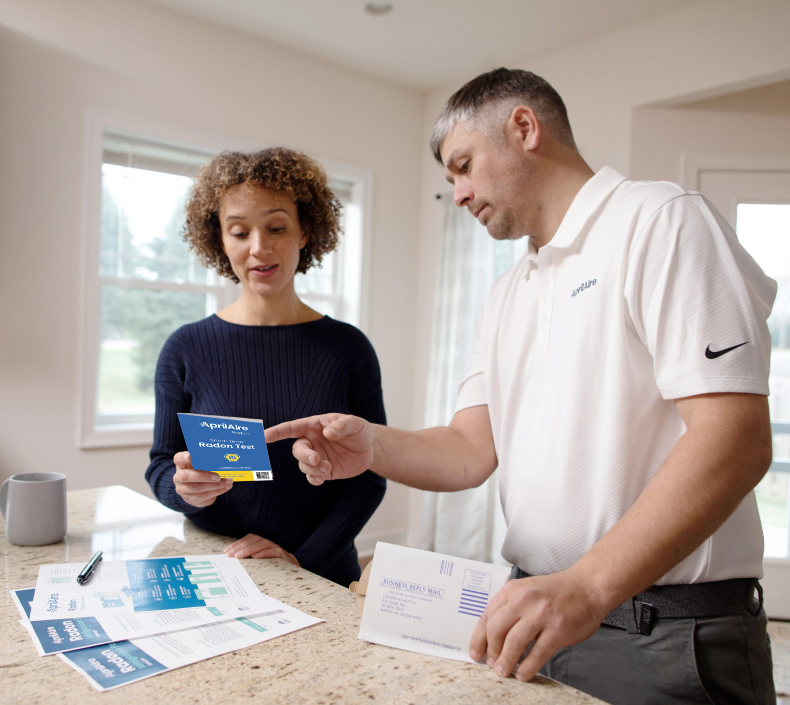Everything You Need to Know About Radon
3 minute read
What is radon? It’s a naturally occurring, odorless, colorless gas that is known to impact the health of you and your family if it enters into your home. Radon gas can build up inside homes, workplaces, and even schools. Because it’s odorless and colorless, it isn’t easily detected by smell or look, making it possible for it to unknowingly rise to dangerous levels. With radon being the leading cause of lung cancer in nonsmokers, it’s incredibly important to know whether you and your family are being exposed to radon gas. Below, we answer all your radon-related questions.
How Does Radon Gas Form?
Radon comes from uranium present in rock and soil. Eventually, that uranium breaks down and turns into radium, which forms into radon gas.
How Does Radon Get into Your Home?
Being odorless and colorless, radon can be pretty sneaky. It can enter into your home through cracks in walls, basement floors, foundations, and other kinds of openings. It’s rare but in some cases, radon can enter through your home’s water supply or building materials as well.
When radon gets trapped indoors, it can linger in dangerous levels. As it decays, it releases radioactive byproducts, which can enter into your lungs as you breathe and increase your risk of lung cancer and other serious health complications.
How Do You Know If There’s Radon in Your Home?
It can definitely be hard to detect since you can’t experience it by smell or sight. Health-related symptoms are a key sign that you’ve had radon gas exposure. If you experience possible signs or symptoms of lung cancer, it’s possible that you’ve been exposed to radon and should immediately contact your doctor. These symptoms may include:
- Shortness of breath
- New or worsening cough
- Pain or tightness in the chest
- Hoarseness
- Trouble swallowing
Another way to know (and the best way to find out) if there’s radon in your home is to test for it. There are plenty of testing options and they’re generally inexpensive, costing about the same as other common home repairs. Some options include:
- DIY, At-Home Tests: These tests can take anywhere from two to seven days to measure your home’s exposure. Other, more detailed tests can take anywhere from three months to one year. All you have to do is follow the instructions and send the results back to a lab which will test your sample for present radon.
- Professional Tests: A certified radon professional can come to your home and test for radon, which is the recommended route. Professional tests can not only be more accurate, but can give you the peace of mind that your findings are conclusive and in good hands.
It’s important for your home’s radon levels to be as low as possible. If in your own testing efforts, or with a professional’s test, you find a spike in your levels, remediation is necessary to lessen your exposure to this harmful gas.
AprilAire Short-Term Radon Test Kits provide reliability, convenience, and peace of mind—order yours today.
What Remediation Options Are There?
If your findings show that your radon gas levels are high, you must look into remediation. Good news: Radon remediation systems can reduce your levels up to 99%, making them incredibly effective. The most popular, and widely used, remediation method is a vent pipe and fan. With this system, it’s necessary to seal all cracks on your home’s exterior or foundation in order to keep radon at bay. This combination traps radon gas and vents it to the outside of your home so it doesn’t enter your indoor air. Learn more about AprilAire radon mitigation solutions.
Other remediation methods include making sure you’re using radon-resistant materials around your house, like gravel and crack sealing, to reduce future exposure. If you’re starting a new home project, it’s best to use these methods for radon remediation.
Curious how much these methods actually cost? Learn more about potential radon remediation costs.
Clean air is Healthy Air, pure and simple. Ensuring your home is filled with Healthy Air will put your mind at ease and keep your family safe. Get started with Healthy Air today with help from a Healthy Air Professional in your area.


